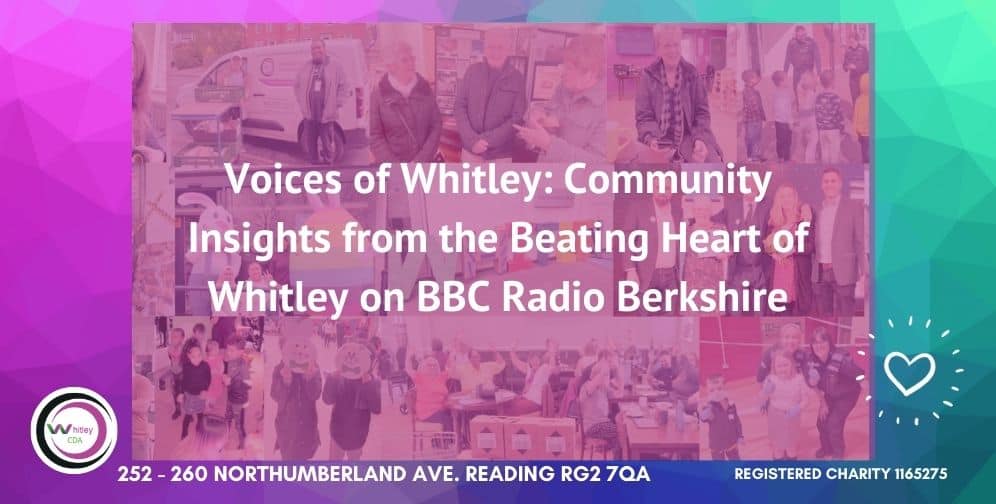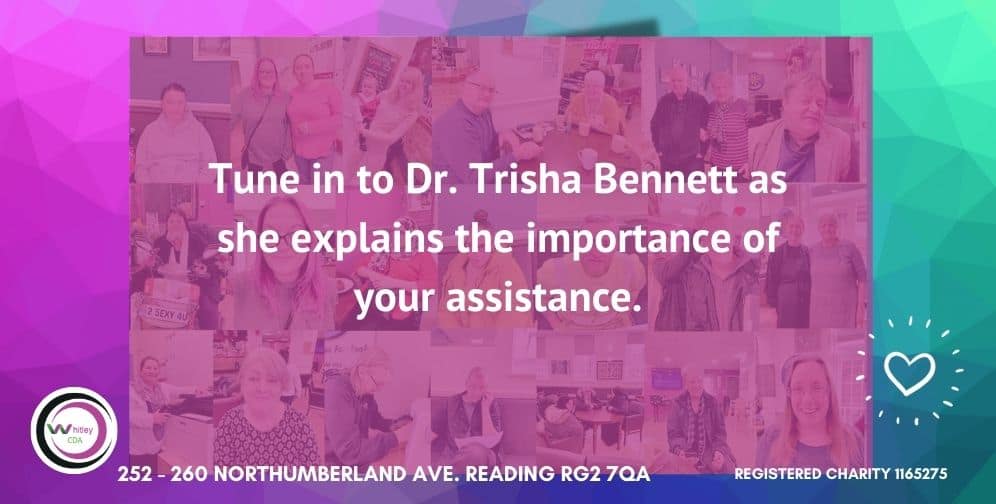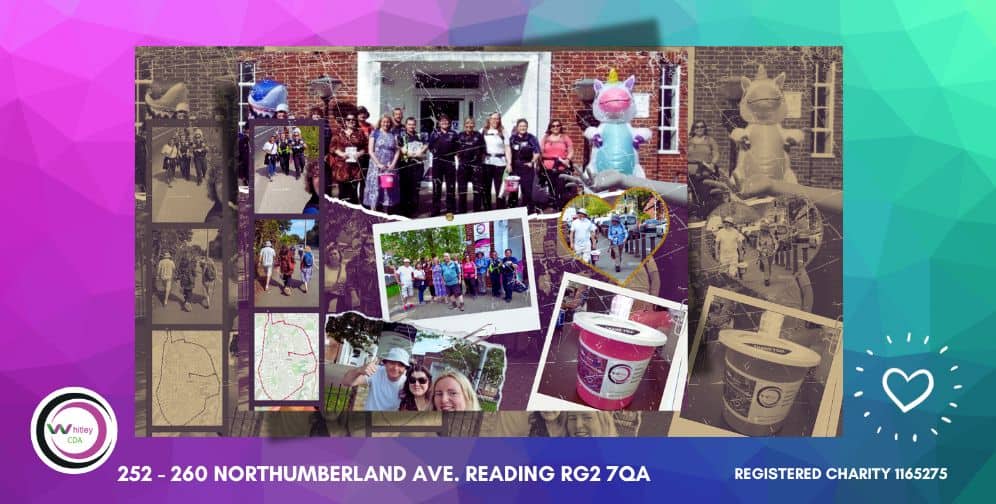Community Fracture at one of the Big Local Area – Church Hill
IT WAS THE ANTISOCIAL BEHAVIOUR of young people that led to the creation of Church Hill Big Local area. Wendy and Ian Johnson’s concern about this issue in their local town centre drove them to attend a meeting at which, coincidentally, they first heard about the Big Local Programme. Wendy is now chair and Ian is head of communications of the Big Local board at Church Hill.
Antisocial behaviour by young people may be the most prominent cause of a community feeling that is broken. There is time- honoured tradition of distrust between the elderly and the young, of course, but government – driven cuts since 2010 have played a part in aggravating it. Many of the elderly suffer social isolation, trapped in their homes as public services (and social care provision in particular) retreat, public transport dwindles, local shops and GP surgeries close and the sense of community evaporates. The young, equally affected by a deteriorating economic environment and concomitant family breakdown, the withdrawal of youth services and few prospects in the locality, drift into anti social behaviour, or drugs or a violent gang culture, and sometimes all of these together. Rifts between generations are often built along these fracture lines. A complaint often heard: the elderly are scared to go to the one surviving local shop, for fear of encountering disrespectful (or worse) youths hanging about outside.
This sense of community fracture, or a vulnerability to it, is palpable in all Big Local areas visited to research this essay: Stoke North, Hackney Wick, the coastal community challenge and Church Hill.

“The older generation are fearful of the younger generation,” says Linda Hamnett, centre manager at the Whitfield Valley Centre in Stoke North. “But the younger generations are fearful of nothing.” They are having to install a door bell at the centre to monitor who comes in, because of the violent and intimidating behaviour of some young people, and they lock the cafe door when there is no staff in there, to keep the knives out of harm’s way. “I think this is a sort of indicative how your mind’s working,” says Linda, “and how you really feel about what’s happening locally.”
It is indicative, too, of the challenges facing stoke North as a whole. There is a gang culture here, linked to a drug culture.
There is a mistrust in both directions. Luke Birmingham, a 27-year-old youth worker at Hackney Quest (a youth club in Hackney Wick) says: “A lot of young people are hypersensitive to being viewed as trouble, viewed as problematic, and that can immediately create a bit of an us-and-them dynamic – a bit of tension, where young people walking in the streets feel like it’s them against the world or it’s them against everyone else in the community.”
John Gregory, chair of the coastal community Challenge Big Local in Lincolnshire, acknowledges the intergenerational stresses at play, and sympathises with the plight of the young:
“You get mistrust between generations because of this austerity and this divide. There is distrust. The youngsters who are in college having to pay £30,000 a year in fees, they say, ‘You, you bloody old buggers, you had it all right, didn’t you?’ There is a vast difference between them {the generations}. And there is resentment between them.”
Part of this could be put down to a lack of sympathy and understanding on the part of older generation. John Gregory continues: ”It’s the old people who voted to come out of the European Union and they’ve forgotten the youth, because they’re well-off and they’ve got their pensions… Anywhere where there is a vast amount of retirement, they voted to leave… The kids don’t have a chance any more… The majority of older people don’t realise how lucky they were after 1946.”
Nia Simpson, a 22-year-old graduate now doing an apprenticeship with Hackney Council, testifies to the fruitions of the younger generation: “I feel our generation is being misled. The older generation don’t face the challenges that young people face now. We face challenges that really affect us going forward. There is a massive generation divide between us. The older generation don’t understand these challenges. This has a depressing effect on younger generations—working so hard and not getting anywhere.”
Luke Billingham, at Hackney Quest, fears an impending intergenerational clash: “I think we’re experiencing a level of intergenerational incomprehension which we haven’t seen since the 60’s, based on fundamentally different economic circumstances between generations. And I think there’s a risk that there’s an intergenerational cold war brewing, similar to what we saw in the ‘60s, but perhaps more explosive. Young people do not feel understood, listened to, or—in too many cases–cared for.”
Kelsey Howard-Matthews, a 17-year-old A-level student in Hackney, reinforces this sense of disempowerment: “young people are not heard … Adults speak on behalf of children as if they know what we are thinking. We’ve lost hope for votes at 16. We’re set up with the future that is set up for us – we don’t have an opportunity to change it, e.g. University fees at £9,000. This wasn’t my decision. Politics is forever breaking trust with young people,”
Public-spending reductions are widely seen as a contributing factor to these circumstances. Broadly speaking, austerity has had a disproportionate effect on deprived communities – not only on welfare provision, social services and social care, but also on employment, public transport, local shops, GP surgeries and access to hospitals. All of the Big Local areas featured in this paper see themselves as embattled and have given their time and energy to make things better when the system is felt to be letting them down.
Polly Mann, community development and partnership worker at Hackney Wick Big Local, says ”Austerity hit very, very hard in Hackney and I think people have been creative for a long time. Cuts, cuts, cuts – people have been creative for a long time, and we’ve got to a point now you think services have been cut to the bone. And it’s affecting everybody. It’s really biting now. There used to be a lot more provision – a lot more youth provision.”
John Monk, who runs the youth club at Sutton on sea (part of the Coastal Community Challenge Big Local area), holds a similar view: “The loss of youth provision was dramatically fast. It was the first thing, when austerity set in. What’s the easiest thing to go? Youth provision. And it did.”
This loss of support has long-term consequences. John Gregory describes how it is for many young people in his community on the Lincolnshire coast: “A lot of the kids I used to know as a youth worker [in Mabletherpe], they’re in their thirties now. They’ve just got nothing – no job, no assets.
There’s absolutely nothing for them. They can’t save. Most of them are in debt: bedroom tax, council tax, the man who [i.e. the doorstep lenders]. They just can’t manage.”
Each of the four Big Local areas that features in this essay is quite different, historically, demographically and geographically. And each is using its £1 million grant in its own way, tailored to its particular circumstances and identified by the community itself. That, of course, is the beauty of the Big Local programme. Similarly, each has addressed intergenerational fractures in a different way. All have met with a measure of success.
Ian Johnson of Church Hill Big Local says that antisocial behaviour was one of the first issues that they sought to tackle – and is now little more than a memory.










